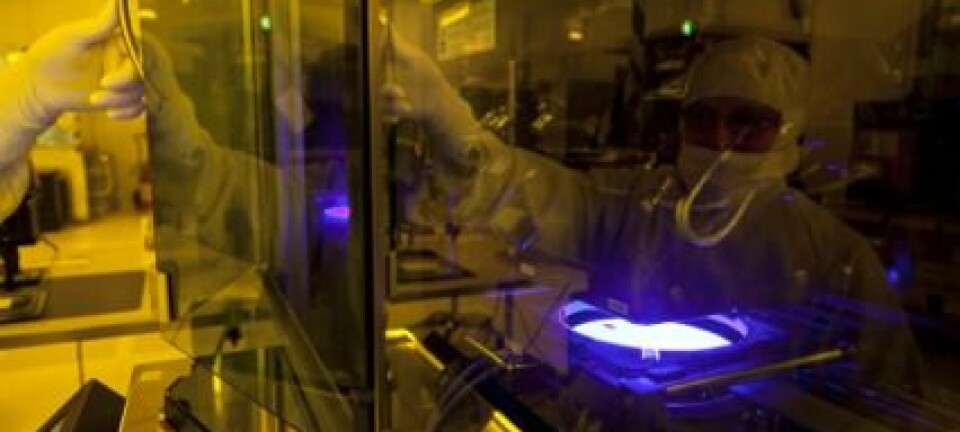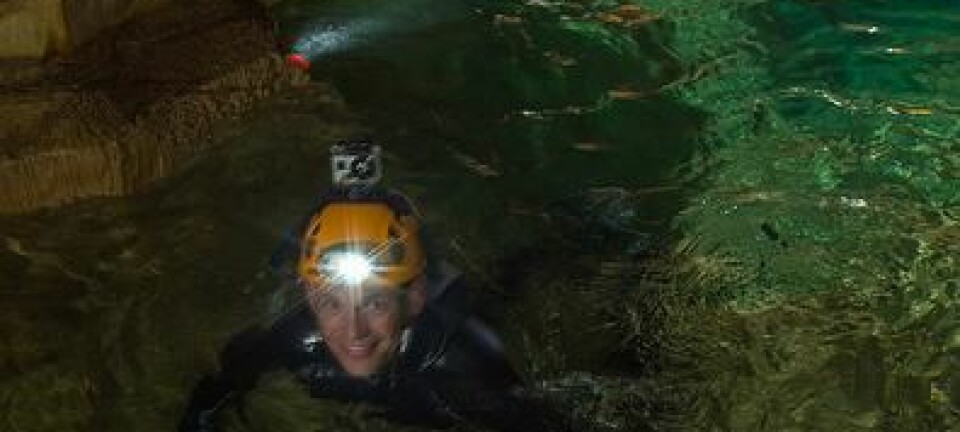
Cancer cells on a mission to the ISS
As part of an international project, a Danish professor will soon be sending a batch of thyroid cancer cells out into space. The aim is to figure out why the absence of gravity inhibits the growth of thyroid cancer cells, and to examine the cells’ ability to produce and secrete proteins that can open up new possibilities for cancer treatment.
When the SpaceX3 Dragon spacecraft lifts off to the International Space Station (ISS), it will carry with it a batch of thyroid cancer cells.
The launch will take place at the Cape Canaveral Air Force Station, Florida, as soon as weather permits.
The objectives of the mission are to learn why weightlessness appears to cause some of this type of cells to commit suicide, to learn which genes and proteins are altered in Space and whether the cells grow three-dimensionally.
Cancer cells die in space
Behind the expedition lies the ultimate hope that scientists can figure out how to kill these cells down on Earth. Scientists know that several types of cells commit suicide in simulated microgravity and in Space (around 30%) due to the lack of gravity and other reasons such as irradiation, hyper-gravity and vibration, but not much is known about what exactly goes on inside the cell when this occurs.
We have spent many years preparing for this mission, so we’re obviously excited now just before take-off. I hope the cells will be in good condition when they return home for analysis, so we can learn more about what they look like on the inside.
Daniela Grimm
Daniela Grimm, a professor of biomedicine at Aarhus University, is eager to find out:
”We have spent many years preparing for this mission, so we’re obviously excited now just before take-off. I hope the cells will be in good condition when they return home for analysis, so we can learn more about what they look like on the inside.”
Which genes are affected in space?
The cells are packed inside a container filled with nutritious liquid in order for the cells to survive. After ten days a chemical substance will be added, which stabilises and preserves the gene expression profile. This makes it possible to see, when the cells return to Earth, what genetic structure the cells had after ten days in space. And the gene expression profile is important:
”It is the genes in the cells that control the production of the proteins that affect cell division and differentiation. The question, then, is which genes will be activated in space, triggering the suicide. We hope to be able to see this from the cells when they return to Earth,” says Grimm.
“The ultimate objective is obviously to make some discoveries that can contribute to the development of more effective cancer drugs.”
The project is a collaboration between Aarhus University, SpaceX, DLR (Deutsches Zentrum für Luft- und Raumfahrt), ADS (Airbus Defence and Space), Nanoracks and NASA.
For updates on the launch, click here.
-----------------
Read the Danish version of this article at videnskab.dk










